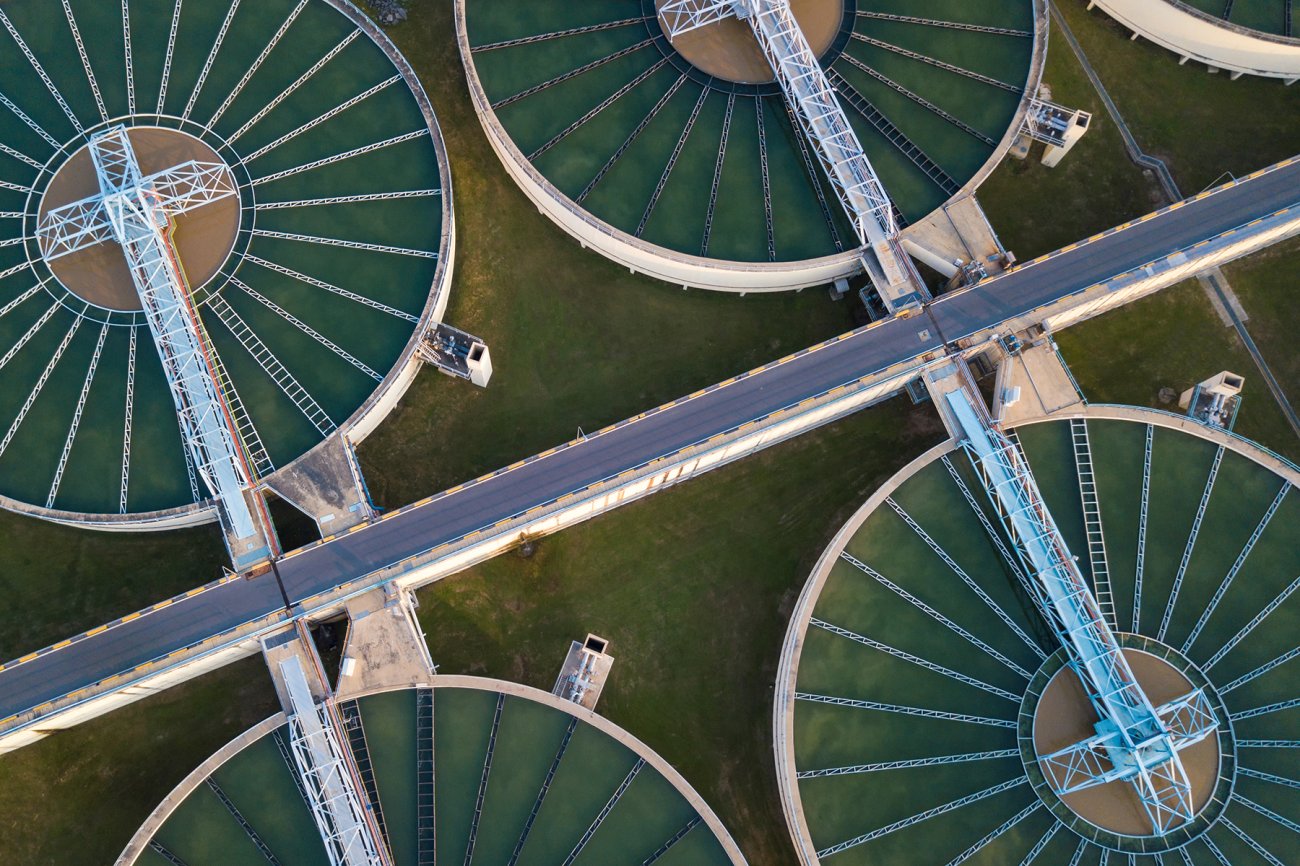Getting My Reclaim Waste To Work
Getting My Reclaim Waste To Work
Blog Article
An Unbiased View of Reclaim Waste
Table of ContentsThe Single Strategy To Use For Reclaim WasteReclaim Waste for DummiesReclaim Waste Things To Know Before You Get ThisReclaim Waste Fundamentals ExplainedThe Only Guide to Reclaim Waste
Check out the types, incidents, and types of liquid waste. Residential sewage waste describes the waste and products from a household septic system. This kind of waste is developed by human beings in residences, schools, and various other buildings. This only consists of septic systems that have a drainpipe area. The proper monitoring and disposal of domestic sewage waste call for liquid waste to be transferred to a sewage therapy plant where the correct approaches and equipment are applied to purify and throw away waste.
Industrial waste commonly includes potential dangers, such as flammable materials or a blend of fluid and solid waste products, and requires an extra sophisticated and thorough disposal procedure. The disposal of commercial waste typically includes the purification of waste prior to transportation to ensure risk-free and proper disposal. Hazardous waste is produced from by-products and overflow of industrial processes and production.
This kind of waste can not make use of the same sewer monitoring transportation or procedures as septic or business fluids. The commercial waste administration process requires the inspection and testing of fluid waste prior to it undergoes the disposal procedure (liquid waste disposal). Drainage waste is the fluid waste that comes from overflow and excess stormwater in very populated locations or cities
Overflow waste can trigger contamination and flooding otherwise managed properly. Find out more about sewage system cleaning and waste management. Ensuring appropriate waste administration can stop disasters and minimize environmental damage. Both individuals in residential settings and specialists in industrial or production markets can gain from understanding the processes and regulations of liquid waste monitoring.
Facts About Reclaim Waste Uncovered
Get in touch with PROS Solutions today to find out about our waste monitoring and disposal services and the appropriate methods to care for the fluid waste you produce.
(https://www.edocr.com/v/pd6avrzq/leonaube33101/reclaim-waste)This so-called 'wastewater' is not just an important source but, after therapy, will be launched to our land, waterways or the ocean. Used water from commodes, showers, bathrooms, kitchen area sinks, washings and industrial procedures is known as wastewater.

water utilized to cool down equipment or clean plant and tools). Stormwater, a form of wastewater, is overflow that moves from agricultural and urban locations such as roofing systems, parks, yards, roads, paths and seamless gutters right into stormwater drains, after rainfall. Stormwater streams without treatment directly to neighborhood creeks or rivers, at some point getting to the ocean.
More About Reclaim Waste
In Queensland, the majority of wastewater is dealt with at sewage treatment plants. Wastewater is transferred from domestic or industrial websites via a system of sewage systems and pump stations, referred to as sewerage reticulation, to a sewage therapy plant. Neighborhood federal governments build, maintain and run most sewer therapy plants. Operators are accredited under the Environmental Management Act 1994 to release cured wastewater at an appropriate ecological criterion right into rivers.
The Department of Natural Resources advises city governments about handling, operating and keeping sewage systems and therapy plants. In unsewered areas, local federal governments might require homeowners to mount individual or family sewage treatment systems to deal with residential wastewater from commodes, kitchen areas, shower rooms and laundries. The Department of Natural Resources authorizes making use of house systems when they are shown to be effective.
In some new subdivisions, treatment of some stormwater to remove clutter, sand and crushed rock has begun utilizing gross pollutant catches. Wastewater treatment takes place in four stages: Eliminates strong matter.
Utilizes little living microorganisms knows as micro-organisms to break down and remove remaining liquified wastes and great particles. Micro-organisms and wastes are integrated in the sludge.
A Biased View of Reclaim Waste
Nutrient removal is not available at all sewage therapy plants because it requires costly specialist devices. Clear fluid effluent generated after treatment may still have disease-causing micro-organisms - liquid waste removal.

A lot of wastewater moves into the sewerage system. Under the Act, local federal governments administer approvals and licences for environmentally relevant tasks (Ages) including wastewater releases that could have a regional influence.
A Biased View of Reclaim Waste
Or else, examples are taken for research laboratory analysis. Usually numerous examinations are needed to develop the levels of each of the different pollutants such as oils, hefty metals and pesticides in water. Surveillance gives accurate details concerning water quality and can confirm that licence conditions are being satisfied. The details gotten via monitoring offers the basis for making water high quality choices.
Report this page